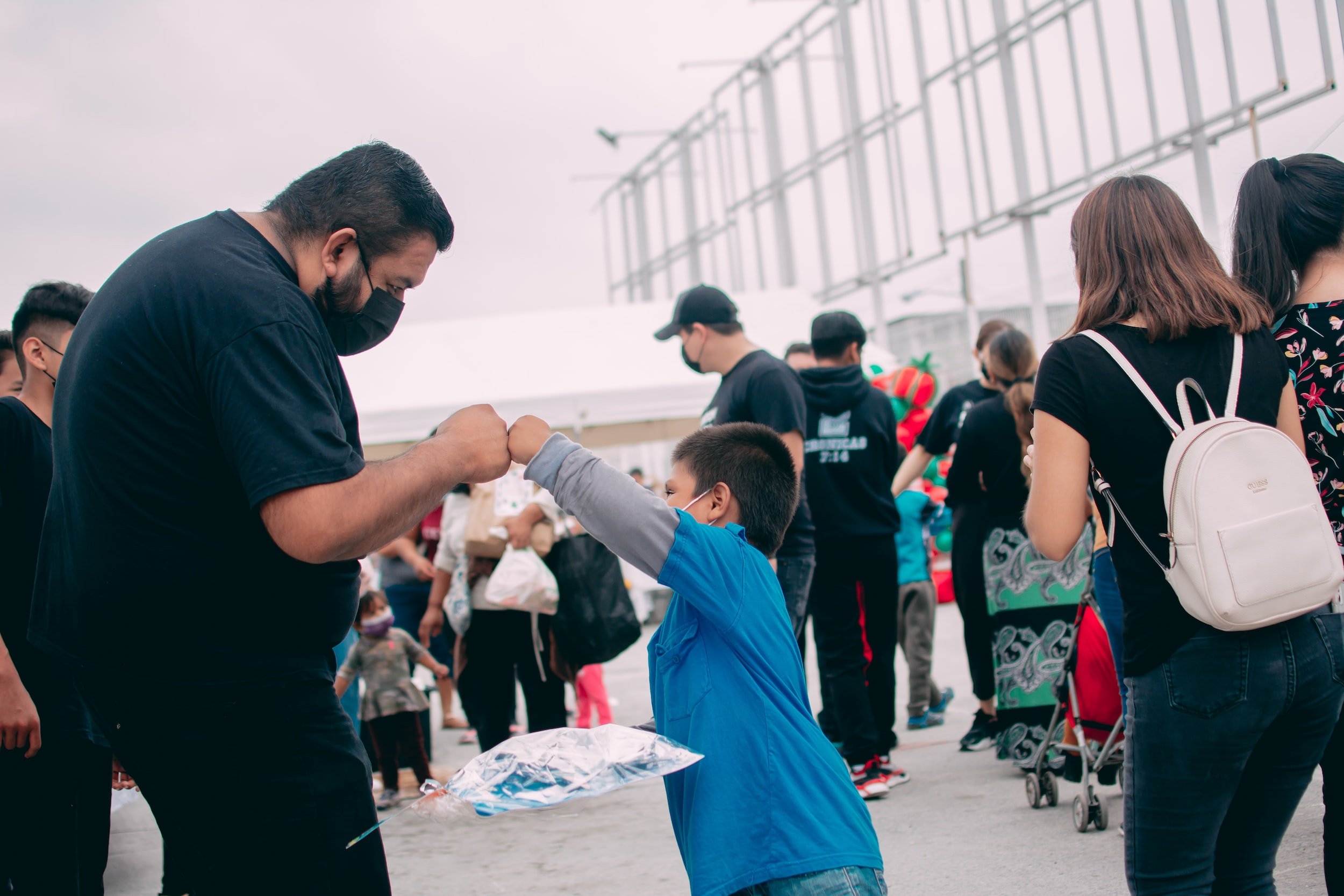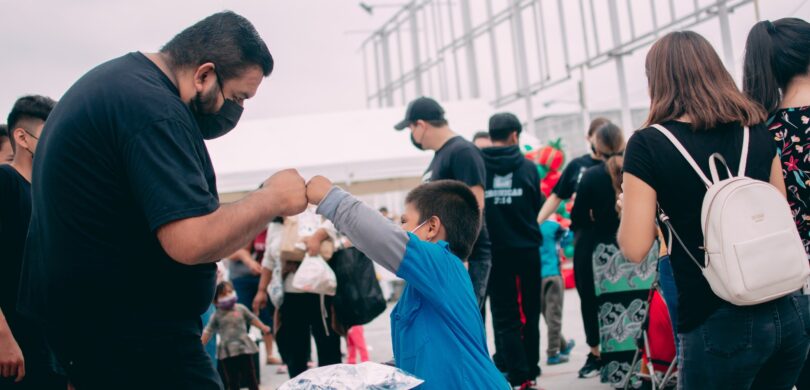Grassroots organizations are groups of people working together to advocate for a cause in order to create change, or a positive impact. These organizations can be local, state, national or international organizations advocating for change with leaders that may range from teenagers to the elderly, what makes grassroots organizations is the actions of ordinary people working to do extraordinary feats.
The term “grassroots” comes from the political and strategic approach of advocacy organizations to either start at the “root” cause of the issue or to approach issues in need of change from a “bottom-up” perspective. Starting at the root of an issue means seeking to understand the problems that may not be visually representative but are caused by unseen factors. While starting from a “bottom-up” perspective is a strategy that is in opposition to the typical “top-down” approach, which is when decisions, strategies and communications are done only by the leadership at the top without input from those below them.
A grassroots organization seeks to build collective power from the ideas of the collective community and with those who are closely connected to the issue that the group is working to advocate for improvement.
Types of Organizations and Causes They Support
Community-Based Grassroots Organizations
Local grassroots organizations can be niche in context or broad in addressing the needs of their local community. Local organizations are often working to solve issues that arise within their communities, these can be causes such as environmental clean-up projects, immigration legal efforts within border cities, providing aid to unhoused individuals, and supporting students throughout their education. Often organizations that work on these important projects are integral to communities’ functioning. Local communities and governments can come to rely on the support, input and services that local organizations provide.
National Grassroots Organizations
National grassroots organizations work to solve a problem within their collective community but their advocacy may resonate with communities across the nation leading their organization into a collective action group that represents many. A rising example of this is Moms Demand Action, their organization was founded by the mothers who lost their children in the mass shooting at Sandy Hook Elementary School in 2012. Their response was requesting legislative and political action in response to the tragedy that took their children’s lives and later turned into a movement that many other parents and community members connected with across the United States. Now the organization is a national advocacy group on behalf of gun reform, ending violence and insisting children be safe in their schools. This group took relevant action in response to the issue they faced as a community and it became a grassroots campaign for positive change.
Further, national grassroots organizations can have a variety of focuses, for example the American Civil Liberties Union focuses on legal advocacy across the nation to combat instances of discrimination, or questions of constitutionality. The work of advocacy organizations is often non-partisan and instead mission-driven, focusing on solving the issues that face their communities without a specific political party affiliation.
International Grassroots Organizations
International grassroots organizations are similar in their focus as mission-driven organizations that are responding to crises or issues that have arisen out of their communities. What changes is the scope of the problem they are working to solve – international organizations often focus on issues such as poverty, world hunger, sustainability and climate change and the international interests of defending human rights. There are even organizations dedicated to helping people create international grassroots organizations to tackle the difficult problems we face worldwide.
Their movement as an organization will function much differently than local or national organizations because the process of coordination becomes more complex. International organizations often must partner with governments, local communities and other advocacy organizations in order to bring about the change they are seeking to achieve. This can mean communicating through multiple languages, interpreting cultural divides, finding cultural connections, and addressing humanitarian conflicts on a much larger scale.

Examples of Successful Grassroots Organizations
There are hundreds of successful grassroots organizations that are present within the United States and internationally, what they have in common is a mission that drives their work, collective action and working to solve the ‘roots’ of the issues present in our communities. Some excellent examples are the grassroots organizations who utilize Plural to track policy, and engage critically in the legislative process.
The League of Women Voters
The League of Women Voters works to build campaigns for voter transparency, fair representation and advocate for laws that protect voters and increase access to fair elections across the United States. Their organization targets the root of the issues regarding elections and voting across the nation. Their campaign continues to be a success with more than 25 million voters protected in 2020.
Voices for Racial Justice
Voices for Racial Justice is an essential grassworks organization in Minnesota dedicated to “building power through collective cultural and healing strategies for racial justice across Minnesota using organizing, leadership training, community policy and research”. The policy emphasis of their organization seeks to co-create grassroots policy solutions by centering the communities of which would be most impacted by the policy decisions, seeking the result of BIPOC (Black, Indigenous and People of Color) communities having the tools and collective power to end systems of oppression.
Common Cause
Common Cause seeks to address voting discrimination, increase election integrity, and respond to voting disinformation within the United States. As a grassroots organization, they advocate for policies that decrease gerrymandering, improve ethics and accountability, as well as, protect democracy. Their efforts had broad impacts, in 1971, one year after establishing their organization that led the grassroots campaign to win the 26th amendment to the United States Constitution, allowing 18-year-olds to vote.
How to Become Involved in a Grassroots Organization
To get involved in grassroots organizations, or grassroots organizing the first step is often deciding, what issue are you the most passionate about or what community am I looking to engage in collective action for?
Success within organizing, and advocacy can be measured by one’s level of connection and commitment to the work they are doing. From there one may look to find people in the area that care about the same issues as them. For example, your interest may be to improve the health of the beaches in your city so you can look to see if there is already an organization that contributes to this cause.
If one does not exist, the most wonderful aspect to grassroots organizing is that you can then create the organization, and campaign yourself. The United States saw this process with the March for Our Lives founders, and the leaders of the Black Lives Matter movement. The leaders in both looked around and found that the people working to solve the problems that affected their communities were making decisions on their behalf and instead these leaders decided the bottom-up strategy of collective action was the most effective route to progress.

Benefits of Joining a Grassroots Organization
There are many benefits to joining a grassroots organization, such as finding community, making a positive impact, and potentially starting a movement to advocate for policies, changes and programs that could create more sustainable, thriving, fair and equal communities.
When people are engaged in their community and are enabled to be a part of the process of change, they are more likely to create meaningful and long lasting change that can become integral aspects of their communities for years to come.
Grassroots organizations and their approach to looking at an issue present in a community, finding the root cause and taking action to solve it are the reasons why local communities, cities, states and countries have the rights and privileges that many are afforded today. Being a part of change-making can be both challenging and rewarding for the individuals involved and their community at large – those who seek to invest their time in organizations such as these will likely find their own sense of community, growth and understanding.

